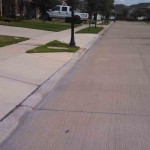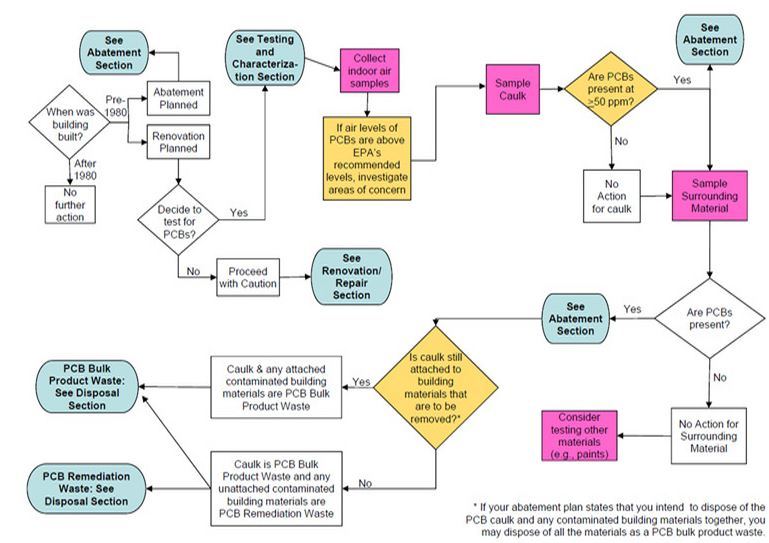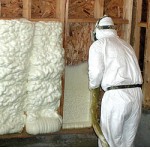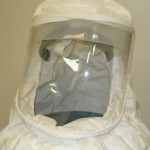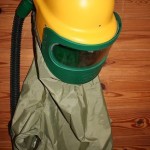Yea, I know. Strange one, huh? In my time consulting, this is actually the second time I’ve come across this.
It is more commonly know as: Mace (R) or tear gas (not pepper spray though, that is Oleoresin Capsicum). Hopefully you haven’t actually experienced it’s exposure. It is worse (so I’m told) than pepper spray. More differences compared here.  All can be quantitatively measured by your favorite occupational hygienist.
Exposure in construction can come from incidental releases (incident response) or during clean up/ demolition of structures where this was used (think: police entry into a structure).
The OSHA exposure limit is 0.3 mg/m3. (NIOSH REL is the same, ACGIH TLV 0.35 mg/m3). They are all very low, actually. Â Exposure can occur by inhalation, eyes, ingestion, and skin exposure. Â NIOSH Pocket Guide is here.
Personal protection is a bit interesting. NIOSH recommends a full face respirator with P100 and organic vapor cartridges be used. The interesting part is that using this type of protection would allow exposure (based upon the protection factor) up to 15 mg/m3. Which, incidentally, is also the level as immediate danger to life and health (IDLH) = 15 mg/m3.
Some guides for dealing with this substance can be found here.

